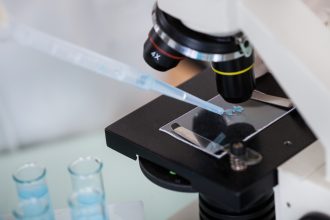December 17, 2015
Teaching Away Must Be Apparent from the Art as a Whole, and not Just Isolated Examples
In Merck & Cie v. Gnosis S.P.A., [20140-1779] (Fed. Cir. 2015) the Federal Circuit affirmed a PTAB decision in an IPR that the claims were invalid for obviousness, rejected patent owner Merck’s arguments that the prior art taught away form the claimed method, and that objective indicia of non-obviousness further support the patentability of the claims of U.S. Patent No. 6,011,040 relating to methods of using folates to lower levels of homocysteine in the human body.
The Federal Circuit said that if all elements of the claims are found in a combination of prior art references, as is the case here, the fact finder should further consider whether a person of ordinary skill in the art would be motivated to combine those references, and whether in making that combination, a person of ordinary skill would have a reasonable expectation of success, and found that the Board’s finding of a motivation to combine the prior art to arrive at the claimed method was supported by substantial evidence.
The Federal Circuit rejected Merck’s argument that the prior art taught away from the combination, stating that Merck was citing isolated prior art disclosures, and that viewing the prior art as a whole. The Federal Circuit also rejected Merck’s argument that there was no showing that a person of ordinary skill would have a reasonable expectation of success, stating that KSR does not require an explicit statement of a reasonable expectation of success in every case. The Federal Circuit said the Board impliedly found a reasonable expectation of success, and declined to overturn the Board’s decision for failure to state expressly that a person of ordinary skill would have had a reasonable expectation of success.
With respect to objective indicia of non-obviousness, the Federal Circuit noted that even when present, however, objective indicia “do not necessarily control the obviousness determination.” The Federal Circuit found that the Board properly considered Merck’s evidence regarding objective indicia of nonobviousness, but found that the nexus between the merits of the invention and the evidence of commercial success, licensing, copying, and industry praise was weak. Thus, the Board’s finding that this evidence of commercial success should be afforded little weight was supported by substantial evidence.





































